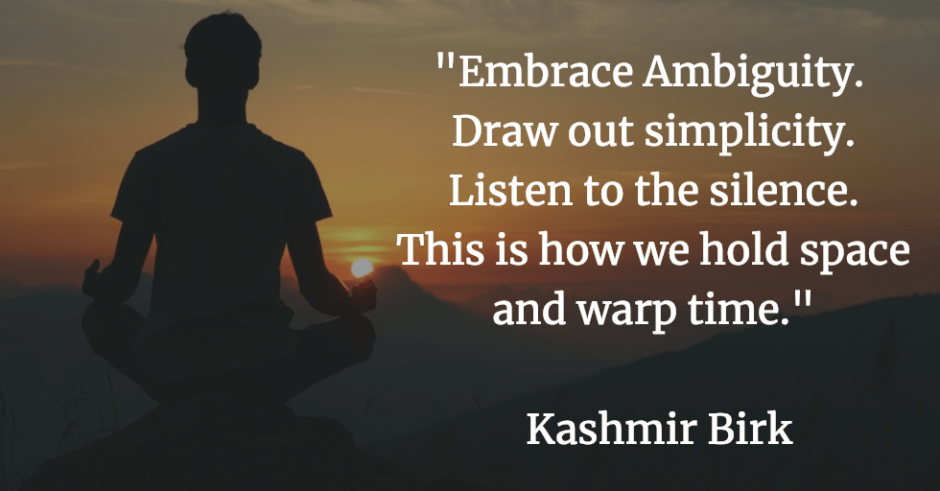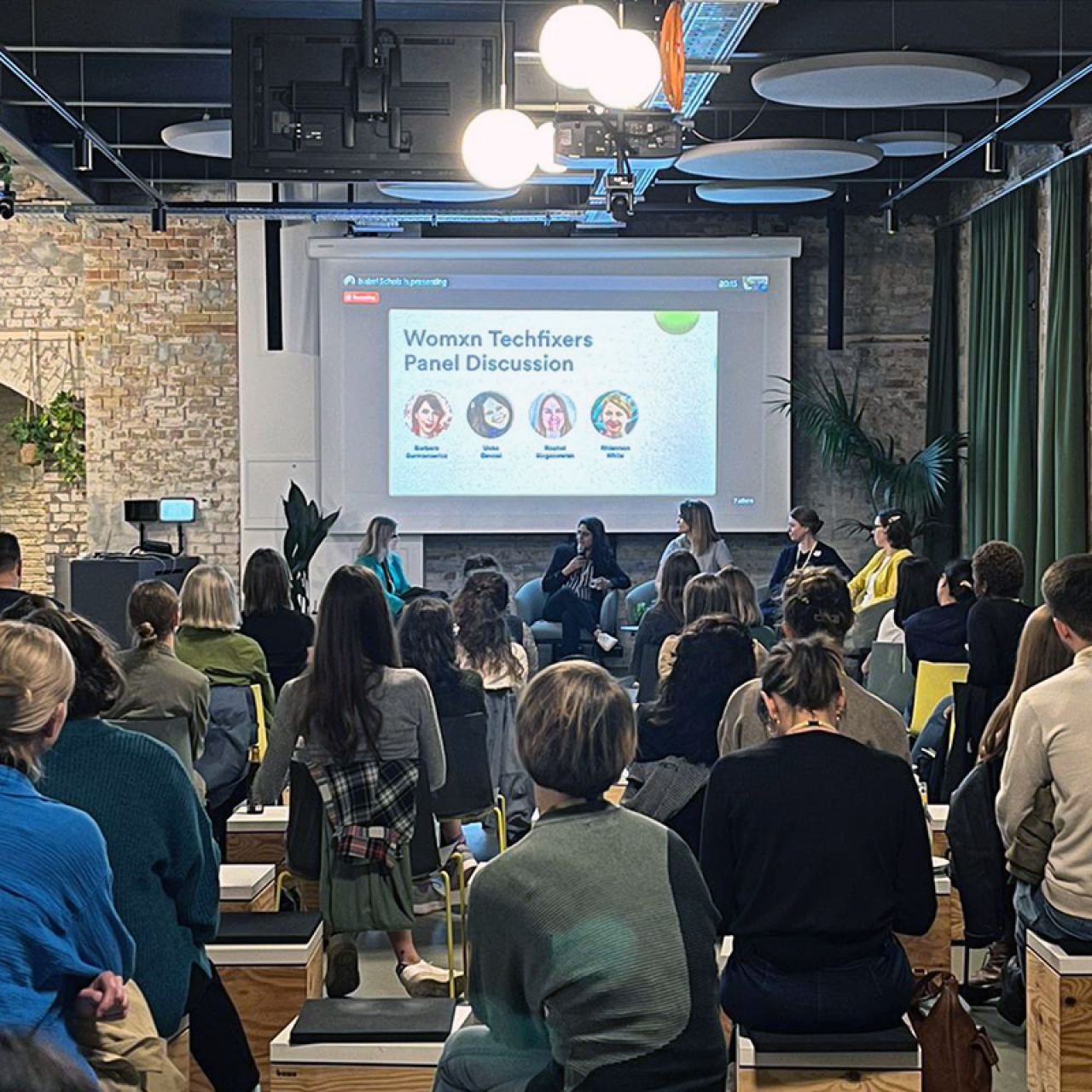Leaders succeed through ambition, a sense of urgency, an action orientation, observable deliverables and measurable results. We hear this so often it feels like a waste of time, as if it were a statement of the obvious. What if these so called ‘home truths’ were actually a myth, and rather than the foundation of success, what if these were the seeds of distraction and destruction? When leaders rely on these measures alone, they become prisoners of time and space. They risk being trapped in their own success. If they only focus on urgency, action, deliverables and results, it will not be long before a new innovator disrupts the market and takes over.
This happens to market leaders, over and over again:
- Toyota, Honda and Hyundai displacing Ford, GM and Chrysler.
- Dell, Lenovo and HP displacing Digital Equipment, ICL, Wang, Acorn and Compaq.
- Facebook displacing My Space and Friendster.
- Google displacing AltaVista, Lycos and Yahoo!
- Apple and Samsung displacing Nokia, Motorola and Blackberry.
- Walmart and Amazon displacing Sears, K-Mart, Circuit City and Borders.
- Netflix displacing Blockbuster.
In every one of these cases, the new entrants in the market altered the way time was experienced both internally and by their customers. It is too easy to blame “technology”. However, it was the way technology was grasped and used by the disrupters, in relation to the way customers experienced time, that disrupted the markets.
Sears and K-Mart had the same access to technology as Walmart and Amazon.
It was no secret what Toyota was doing. Hyundai and WV were able to copy it, why did it take Ford and GM so long to follow suit?
Blackberry, who once controlled 50% of the global smartphone market, it now has 0.0% and is hoping that it will somehow climb to 3%, stopped paying attention to its customers, so they walked.
The difference was not the technology, it was the ability of the market disrupters to hold space and be so close to the customer that they could hear what was being felt but not said. In every one of these examples, the market leaders knew what the new entrants were trying to do, it was no surprise, they all had the market research… The paralysis came from being locked into their ambition, their sense of urgency, action orientation, measurable deliverables and bottom line results. They were paralyzed by their own success. Before they knew it, their best talent moved to the new entrants. Customers, cash flows and profits soon followed suit. The rigidity of their ability to listen made them fragile. Their fall was as meteoric as their rise.
A great leader, facilitator, coach and mentor knows how to shape time. They transform the way time is experienced. What is true for large organisations is also true for every one of us, and vice versa. Organisations are not machines, they are human systems.
The new entrants knew how to slow down time and pay attention to both themselves and the people they were serving. Slowing down allowed them to learn deeper, and once they knew where to inspire action they were able to accelerate pace and drive significant results with minimal effort. This left the market leaders flat-footed. We live in a world that is increasingly fast-paced and action-oriented, constantly being told that those who grab public attention with a bold, rapid fire of excitement are the winners. But this is a half-truth.
In combat sports such as boxing and the martial arts, the winner is the one who can hold space and slow down time. This allows them to anticipate, block, counter and take down at their own pace. The winner knows when to speed up because they have worked through the ambiguity and complexity, and listened so deeply to the way their opponent thinks and acts, they can win using less energy and in less time.
Holding space is the inverse of instant gratification. Holding space is not about doing nothing.
Holding space is being so self-aware that you are able to clear your mind of all distractions and as a result, be with others fully, so fully that they experience themselves in new ways.
The opposite of holding space is not letting go, rushing, being busy, stuck in entitlement, old thinking and assumptions that worked in the past but will destroy the future.
Market innovators and disrupters warp time. How do they do this? They apply the four elements of holding space.
Embrace Ambiguity. A false sense of urgency traps us. To win is not knowing the answers as rapidly as possible, it’s asking questions that others are too busy to ask. When we hold time and space, we are able to explore and reach beyond intentions. We know that chaos and confusion are a door in the room of learning and new awareness. We are able to explore truths that.we did not know existed.
Draw Simplicity out of Complexity. In order to hear others, be they associates or customers, we have to suspend our need to be heard and to fill the space with our ego and noise. Being open to complexity, paying attention to the nuances, to the relationships, patiently, allows new patterns to emerge. This requires us to suspend our need to be heard; to be the hero; to be important; to matter.
Make Failure Work. To overcome the rush to judgment or instant gratification, we must possess the willingness to experiment, to fail and continuously learn. We are taught that the ‘winner’ of the prize is the one who is the first to hit the buzzer, answer the question and solve the problem. The newcomers are willing to be vulnerable and fail over and over, knowing the odds of picking the winner get higher.
Listen to the Silence. It takes courage to allow silence to do its work. When there is no immediate response or success, it feels awkward, even painful. But in the awkwardness of silence arises a deep wisdom that is often unconscious and perhaps even unknowable, until it emerges out of the blue. This is counter to the culture that values myths, heroes, instant gratification and quick wins over introspection and exploration of deep truths. The best leaders have the confidence to allow others to explore and discover the truth for themselves.
The combination of ambiguity, simplicity, learning from failure and tapping silence allows us to hold space and warp time. Holding space is usually applied to coaching and team development scenarios, but it is also true for an institution as a whole.
Innovation comes not from being busy, but from being still and silent, from witnessing and appreciating what is going on, beyond the obvious, beyond what is stated or assumed. When market disrupters slow down time, they become more aware of what the market leaders are doing right and wrong. They are able to draw from what they are doing right. They are able to learn from mistakes more rapidly and make the corrections almost instantly. The minute they stop doing this, another disrupter will take their place.
Holding Space is fractal. Holding space is more than something companies do or something that coaches, mentors and facilitators do for a living. It can transform our personal relationships at home, with our loved ones. These four principles scale from every individual, across every team, function, institution and across society.
To hold space for ourselves begins with a full acceptance of our own strength and frailty and requires us to be fully and fearlessly in harmony with our own humanness. This is where our adventure begins. It requires great courage and patience.
To be nonjudgmental, we need to allow our cognitive, emotional and cultural biases (positive or negative) to surface, so we can push them aside and move beyond them.
This takes great bravery, because these biases are created as short-cuts in the first place, to serve the hunger for instant gratification, and provide easy answers to complex questions. This allows us to hear ourselves and how we listen to others.
Yes, of course ambition, a sense of urgency, an action orientation, observable deliverables and measurable results are important, but these can result in fragility and failure, if not balanced out with embracing ambiguity, drawing out simplicity, learning from failure allowing it to be our fuel (not our fool) and mastering silence.
Lasting success comes from holding space and time.
Kashmir
This article is exclusive to The Business Transformation Network


